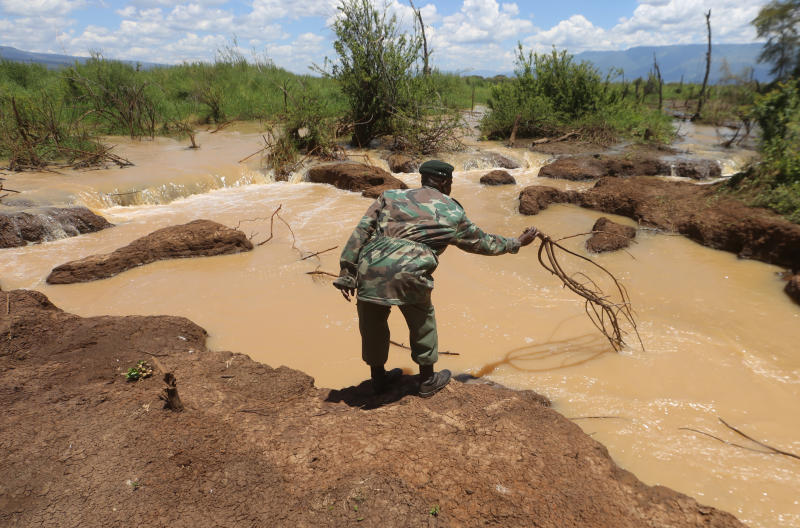×
The Standard e-Paper
Informed Minds Prefer The Standard

A flock of ducks gracefully glide on the shores of Lake Kamnarok as a crocodile dives into a gully-turned-river at the sound of approaching footsteps.
The distinct chirping of the birds that are an equally impressive sight on the little patches of water left by the aggressive water hyacinth weed seems to soothe the lake that is slowly losing its glamour as the second largest home of crocodiles in Africa.